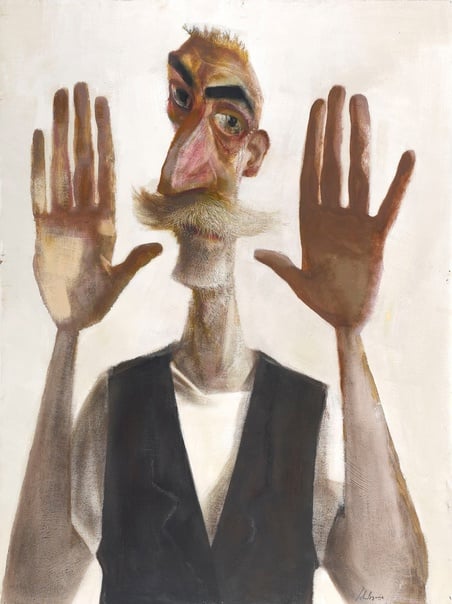In 1656, Karin Svensdotter stood trial in the southern Swedish village of Sävsjö on an unusual charge: fornication with supernatural beings. Specifically, the court was investigating the young housemaid’s claims that she had a relationship with the King of the Fairies.
Svensdotter testified that several years before, she had been approached by a handsome man dressed in gold who called himself the Älvakungen, meaning “Elf King.” (Elf can be used generically for all humanlike spirits of nature, similar to the term fairy). He led her into the forest, to a great hall hidden beneath a mountain, where they danced and reveled with other elves in fine clothes. After this, Svensdotter said, her otherworldly lover began to visit regularly. Their relationship resulted in seven children, but each time Svensdotter gave birth, the Elf King appeared and carried the baby off to his own realm, despite her protestations. Witnesses testified that they had seen Svensdotter experience exhausting physical fits, which she described as labor pains, and heard her wandering the forest at night in search of her stolen children. Despite this, there was no evidence that Svensdotter had ever been pregnant.
Svensdotter’s story and the ensuing legal trial were not as unusual as we might think today. Though unique in some of its particulars, it fits into widespread concerns in Early Modern Europe over the dangerous and seductive powers of the spirits of nature, beings that our modern terminology would broadly refer to as “fairies.”

